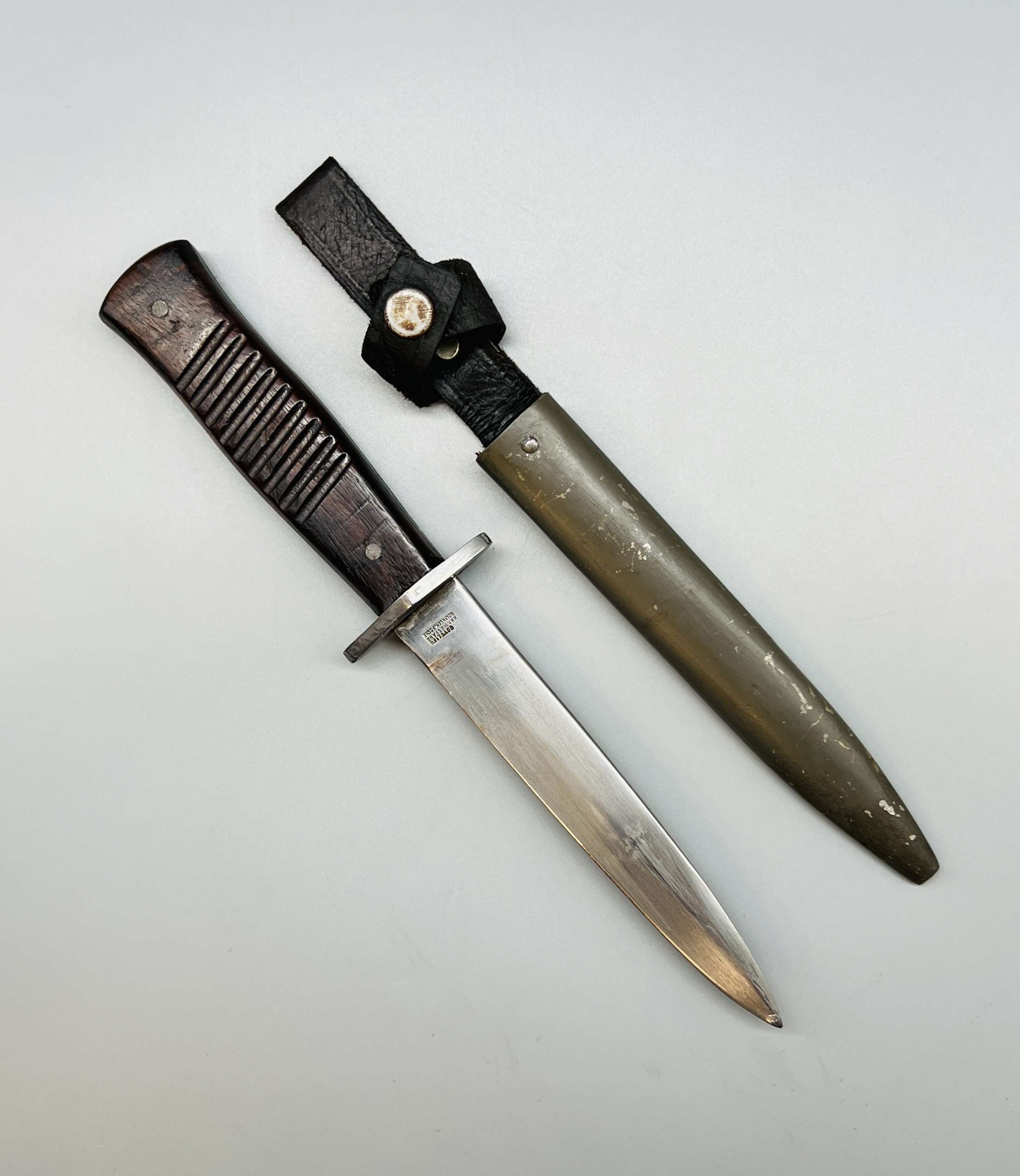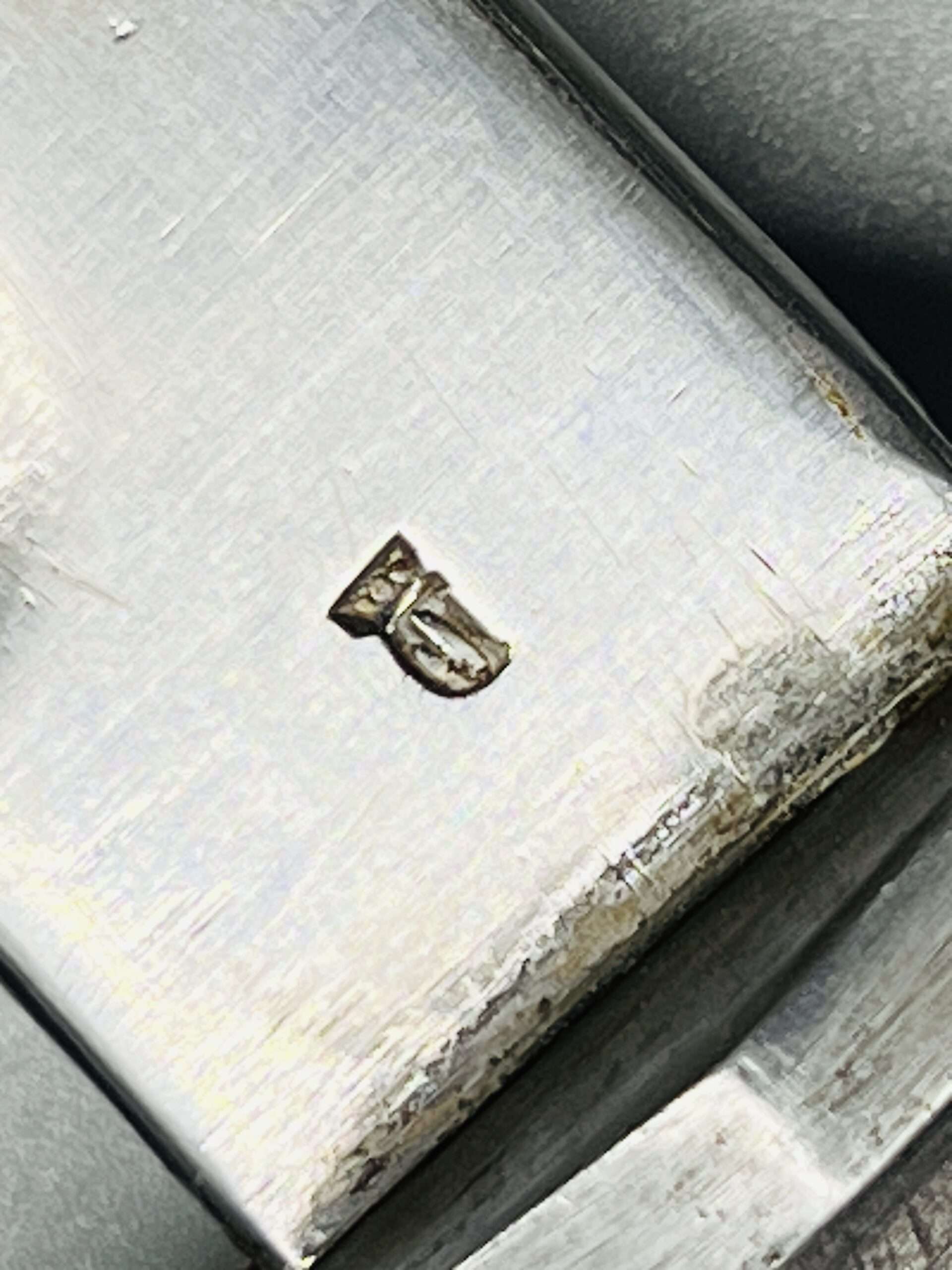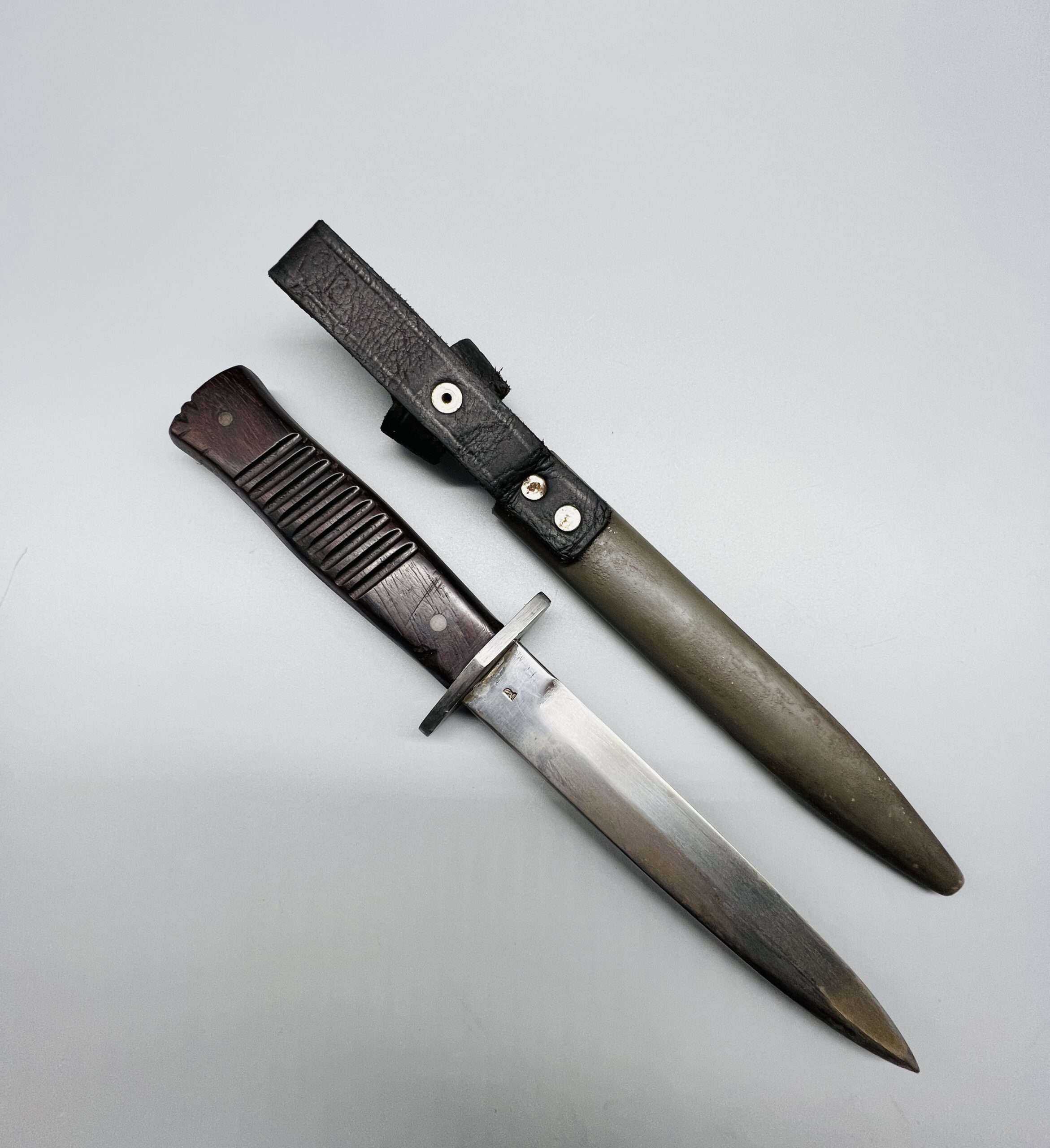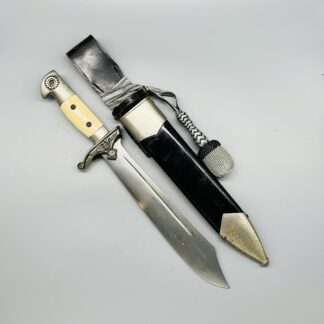Description
WW1 German Close Combat Boot Knife
The history of German fighting knives during World War I is closely tied to the evolution of trench warfare and the need for close-quarters combat weapons. As the war shifted from open battlefields to the grueling conditions of the trenches, soldiers required effective tools for fighting at close range.
At the beginning of the war, German soldiers were primarily equipped with standard-issue bayonets attached to their rifles. However, the nature of trench warfare demanded more versatile and compact weapons. This led to the development and adoption of various types of fighting knives, which were issued to different branches of the German military.
One of the earliest examples of a German fighting knife from World War I was the trench knife or Grabendolch. These knives were designed for use in the cramped and chaotic conditions of the trenches, where hand-to-hand combat was common. The trench knife featured a single-edged blade and often included a knuckle guard for hand protection. It was primarily used for stabbing or slashing in close-quarters combat.
Another notable German fighting knife was the boot knife or Stiefeldolch. These knives were small and easily concealable, intended to be carried in the soldier’s boot. They were used as a backup weapon or for covert operations. Boot knives had double-edged blades and were generally shorter than trench knives.
In 1915, the German military introduced the Nahkampfmesser 1915 (Close Combat Knife 1915). It was a larger knife with a single-edged blade, designed specifically for hand-to-hand combat. The Nahkampfmesser 1915 had a longer reach compared to the earlier trench knives and featured a wooden handle with metal fittings.
While some of these knives were primarily issued to soldiers, others were privately acquired or used by civilian personnel during the war. They served various purposes, including self-defense, utility, and as ceremonial or symbolic items.
It’s worth mentioning that the German military continued to develop and refine their fighting knives during the war, resulting in different variations and models. The knives evolved in response to the changing nature of combat and the specific needs of soldiers on the front lines.
Overall, German fighting knives played a role in close-quarters combat during World War I, providing soldiers with additional tools for fighting in the challenging conditions of the trenches. These knives were designed to be effective, versatile, and reliable in the chaotic and brutal nature of the war.










